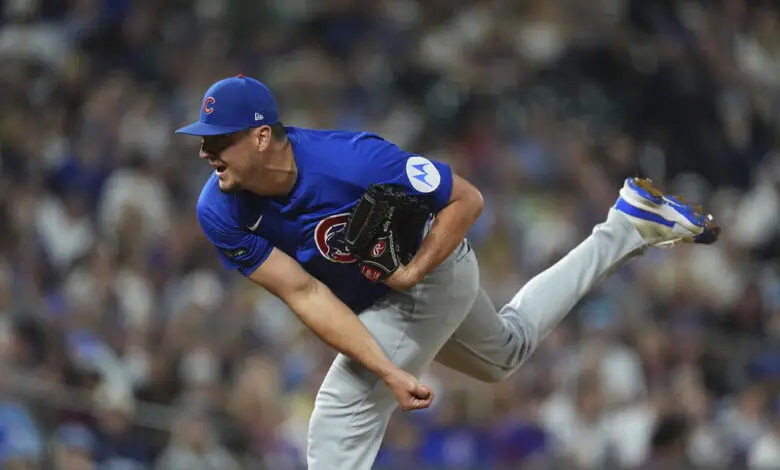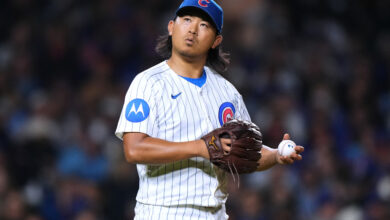
Cubs Expected to Maintain Budget Bullpen Strategy
I’m going to keep this one quick because it’s pretty self-explanatory. The Cubs have generally lacked the willingness to commit big money on multiyear guarantees for relievers, and that should be the case again this winter. Their pursuit of lefty Tanner Scott stands as an exception to the rule, though they eventually chose not to match the Dodgers’ offer. Now, with nearly all of their biggest bullpen contributors hitting free agency, Jed Hoyer will likely rebuild on a budget once again.
We got the first hint at this continuing strategy when Andrew Kittredge was traded back to Baltimore on Tuesday. The Cubs were never going to pick up the aging righty’s $9 million club option, so trading him to the O’s for cash considerations was just about getting off the hook for his $1 million buyout. A lot of folks saw that as a sign of Tom Ricketts being cheap, but there’s no sense in paying a guy not to pitch if you can avoid it.
The bigger issue is what they’ll do about replacing Brad Keller, Drew Pomeranz, and Caleb Thielbar, all of whom figure to command big raises over their 2025 salaries. Keller was a non-roster invitee who earned just $1.5 million, and Pomeranz made a pro-rated portion of that same salary after coming over from the Mariners’ minor league system. Thielbar got a whopping $2.75 million in his resurgent age-38 season.
While it’s possible one or two of them could be back at significantly higher figures, their high-value performances — not to mention smaller contributions from a number of other relievers who are now free agents — lend credence to the idea that the Cubs can identify similar bounce-back candidates. Hoyer and Carter Hawkins have a secret weapon in Tyler Zombro, a former Rays minor leaguer and Tread Athletics instructor who has an eye for underutilized talent.
If common sense isn’t enough for you, Sahadev Sharma reported for The Athletic that the Cubs are not expected to set the market for relievers. They’ll seek value on the margins once again and could “pounce” if a coveted arm goes unsigned for long enough that a team-friendly deal becomes his only option, which has been their MO for most of the last decade-plus.
It’s hard to take too much issue with a strategy that has paid off for the most part over that period, though the Cubs need to find nastier stuff at some point. Bigger velocity with more swing-and-miss is what wins in the postseason, whether that’s in the bullpen or the rotation. And given how pedestrian their starters’ velocity has been since pretty much forever, not to mention how expensive top-line starters are, finding fastballs in the clearance aisle is typically easier.
This is a topic we’ll revisit often throughout the offseason.

